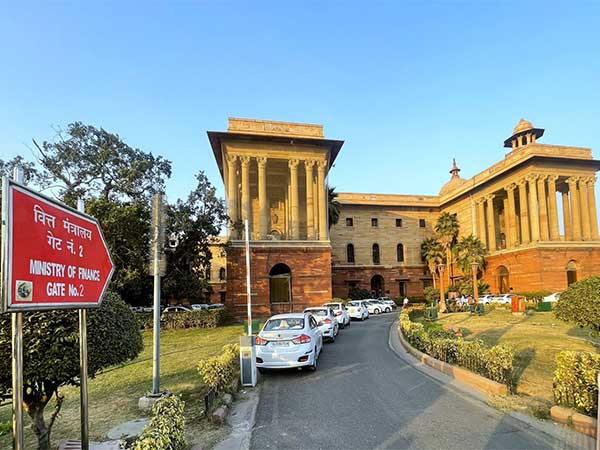India's Path to Prosperity: Expanding Social Protection and Economic Growth
India's social protection coverage is set to reach 64.3% by 2025, up from 22% in 2016, as per the SDG National Indicator Framework Progress Report. The government's initiatives have reduced multidimensional poverty and improved access to amenities. Economic growth remains resilient, bolstered by robust domestic demand and decreased inflation.

- Country:
- India
India is on track to expand its social protection systems to cover 64.3% of the population by 2025, a striking increase from 22% in 2016, according to the latest Sustainable Development Goal (SDG) National Indicator Framework Progress Report. The report, cited in the Department of Economic Affairs' monthly review, highlights a significant reduction in multidimensional poverty from 24.9% in 2015-16 to 15% in 2019-21.
The government's commitment to inclusive growth is evident, with improvements in access to basic amenities, as seen in the increase of rural populations using improved drinking water sources, from 94.6% in 2015-16 to 99.6% in 2024-25. The report also notes the target of achieving universal household electrification by 2021-22 and making all districts Open Defecation Free by 2024-25. Government measures in affordable housing, social security, and health care are crucial in elevating living standards.
The Ministry of Statistics and Programme Implementation's latest report portrays the positive impacts of these initiatives on meeting SDG targets. India maintained its economic momentum in the first quarter of 2025-26, driven by strong domestic demand, resilient services activity, and favourable monsoon. Economic growth was broad-based with the services sector leading, while inflation continued to drop, with the CPI inflation reaching a 77-month low in June 2025.
(With inputs from agencies.)
ALSO READ
Amit Shah Unveils National Cooperative Policy 2025: A Vision for Inclusive Growth
Haryana's OBC Community Celebrates BJP's Inclusive Growth
Empowering Underserved India: Shriram Life Partners with ESAF Bank for Inclusive Growth
AfDB Launches 2025 Cameroon Report, Urges Reforms for Inclusive Growth
AfDB Unveils 2025 Tunisia Report: Path to Inclusive Growth Through Capital Mobilization










